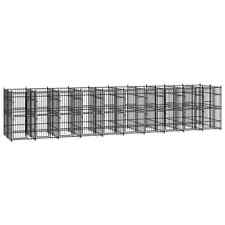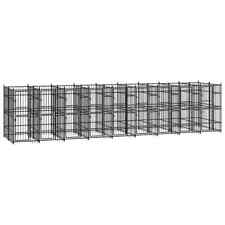3 Dogs Killed In California By Africanized Bees
The Mastiff dogs – a female weighing 100 pounds, a male weighing 90 pounds and a puppy – are believed to have been in a fenced-in backyard when the incident happened. The hive was living inside a stucco fence when a tree branch feel onto it after high winds. The owner, whose name has not been disclosed, attempted to save the dogs but was attacked and had to escape by going inside their house.
A city spokesman for San Bernardino County Vector Control confirmed that the samples were from Africanized honey bees. About 90% of the bees in San Bernardino County desert areas are now thought to be Africanized honey bees. Officials pointed out that attacks such as this are very rare, and no humans have ever been killed in San Bernardino County. However, would this have been the case had the dogs’ owner not managed to escape?
Africanized honey bees tend to start stinging more easily and in greater numbers than other types of bees. They were bred in the 1950s to produce a calmer bee that produced more honey – a program that obviously failed to work. With each season Africanized bees make up a larger proportion of the local bee population. San Bernardino County Vector Control recommends that if you find bees on your property, you should call a pest control company and have them killed.
The American Kennel Club recommends that should you see your dog disturb a hive or swarm of wasps or bees, call the dog to you and run, or, if necessary, pick up your dog and carry it away. And should your dog suffer from multiple bee stings, the AKC recommends giving antihistamines to your dog right away. Your vet can provide a supply of antihistamines for your dog first aid kit, and advise you on dosage and administration. You should then take your dog to the closest veterinarian. Treatment for massive stings usually involves intravenous catheterization, the administration of fluids, giving of corticosteroids and monitoring of vital signs.














